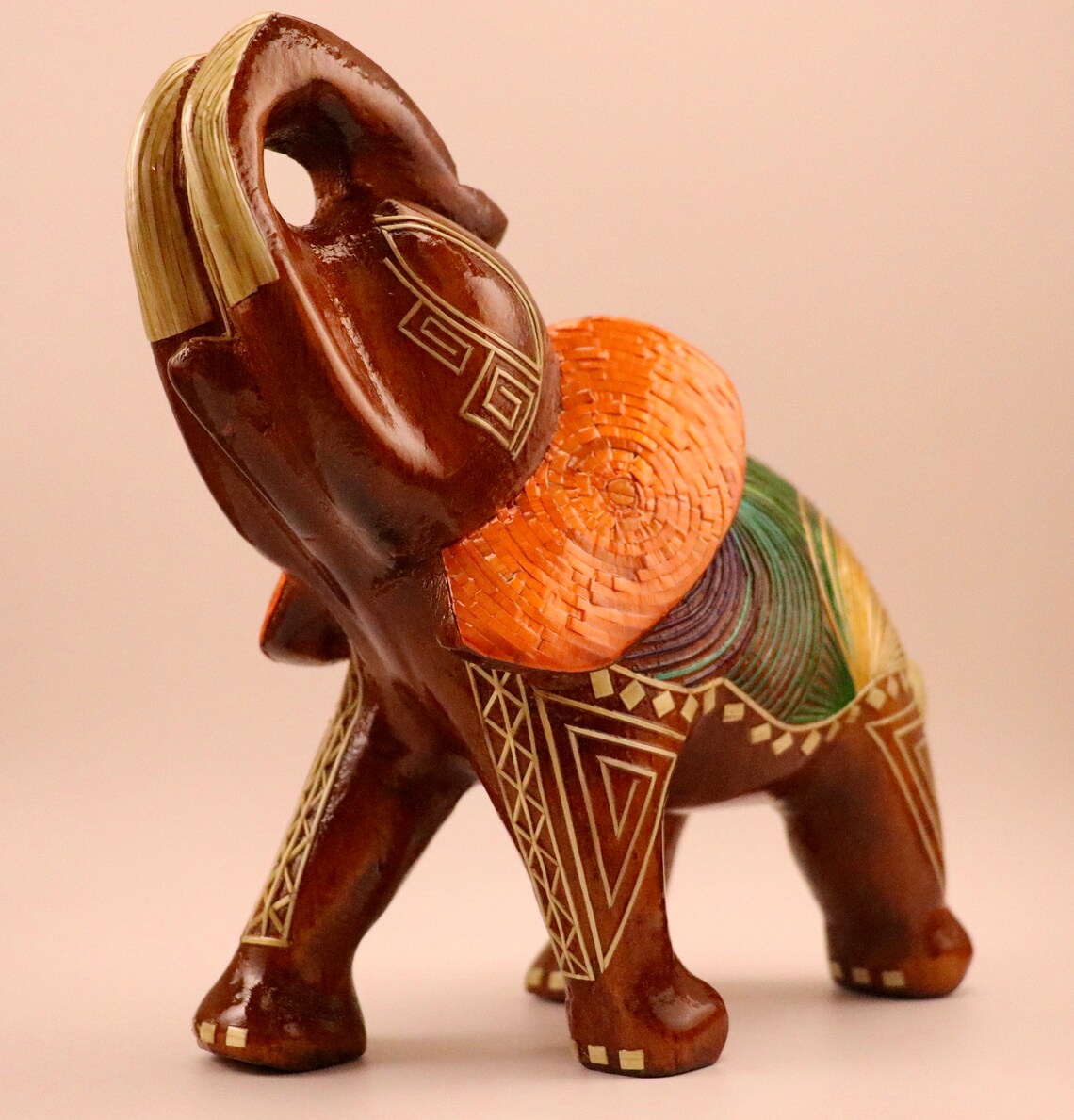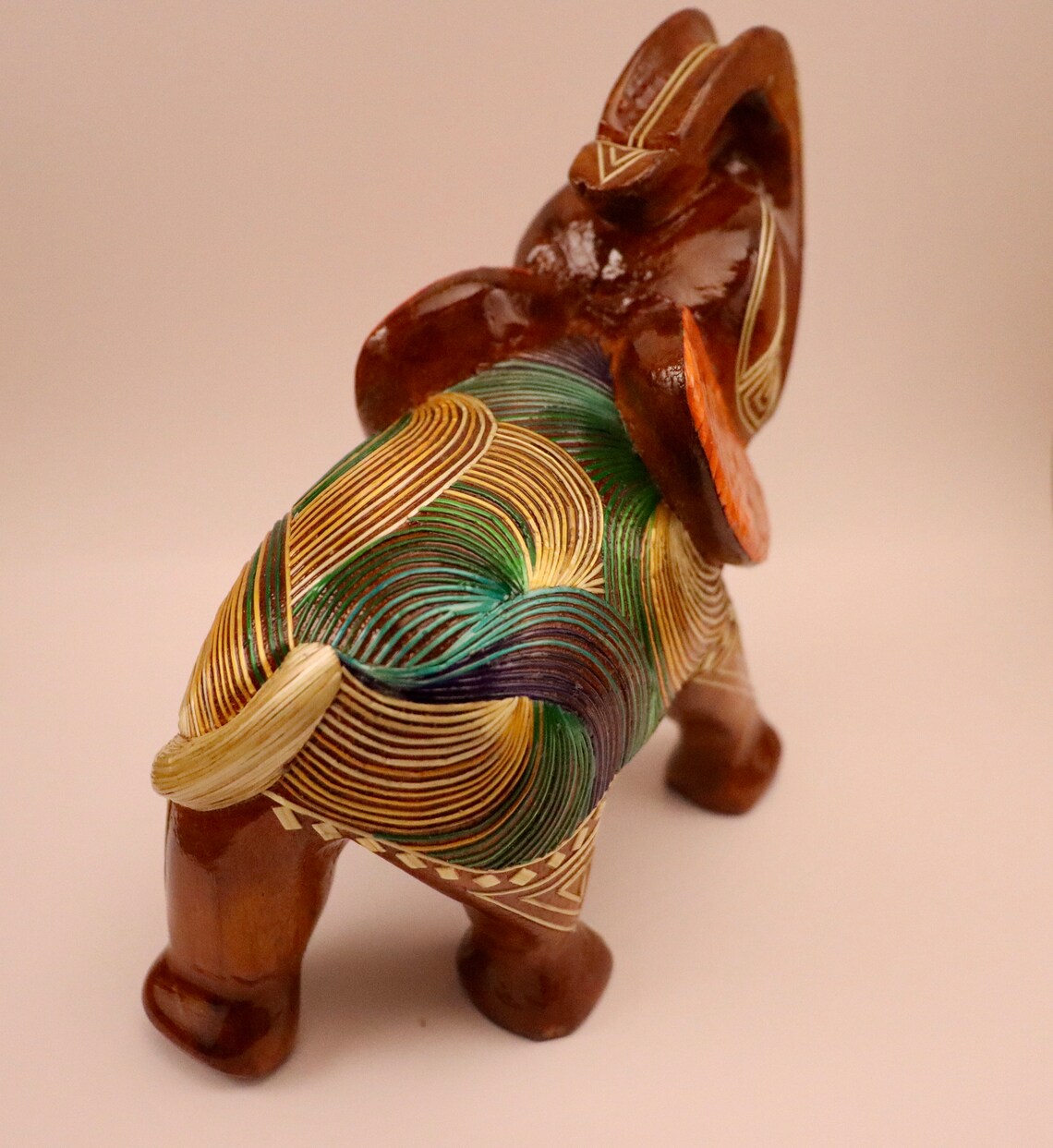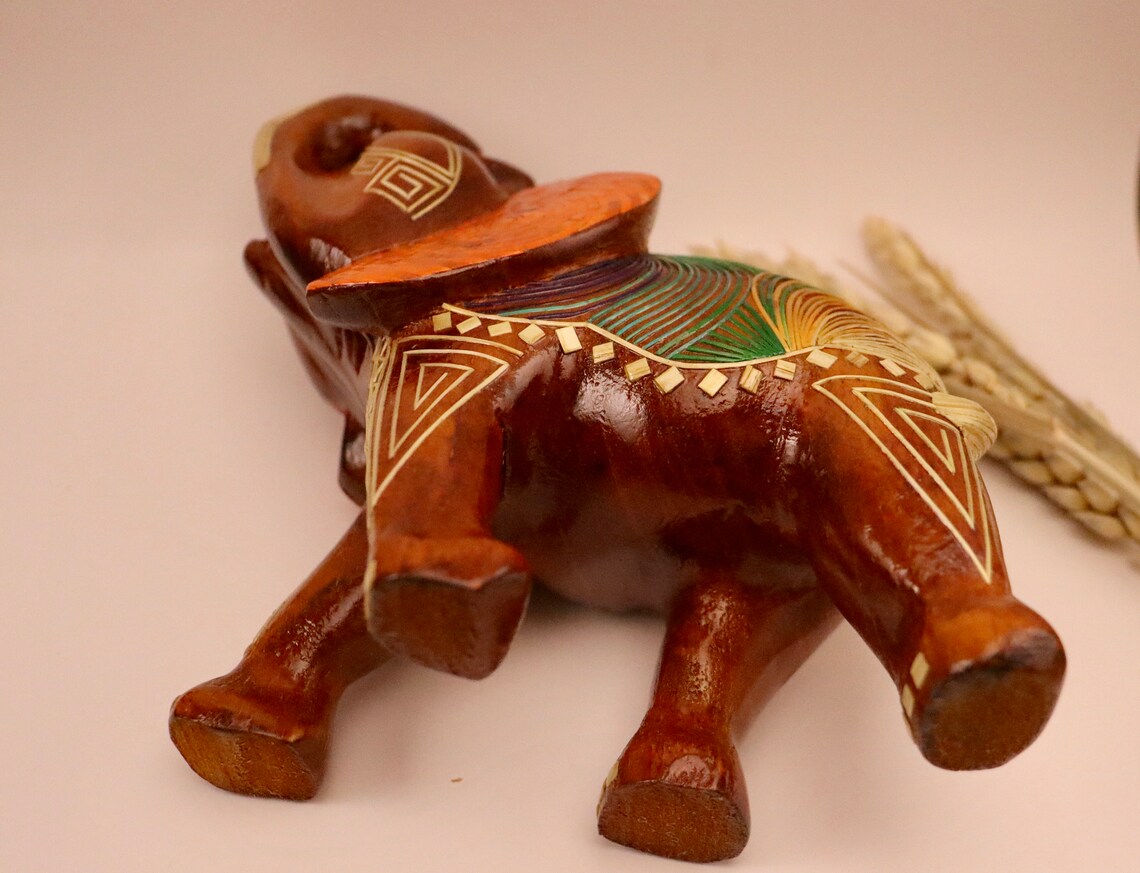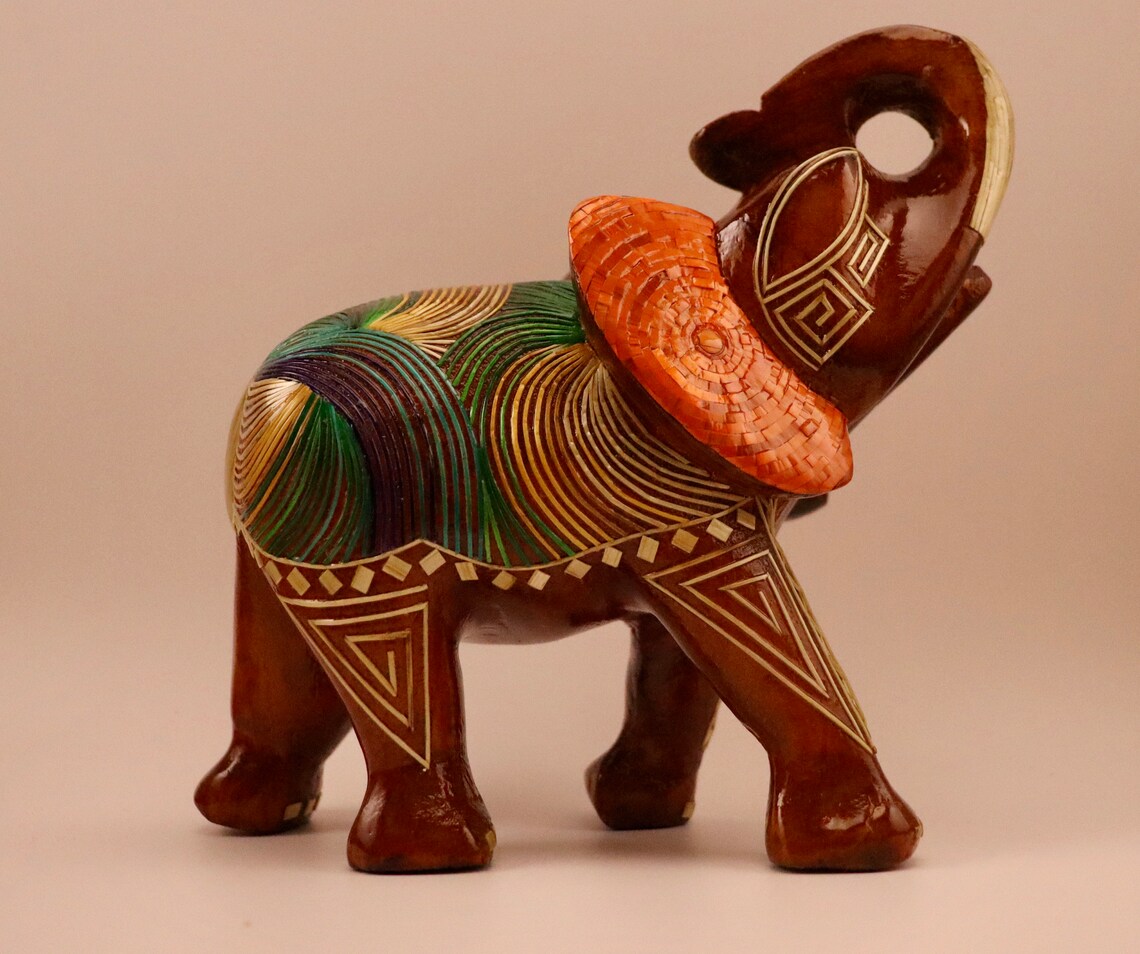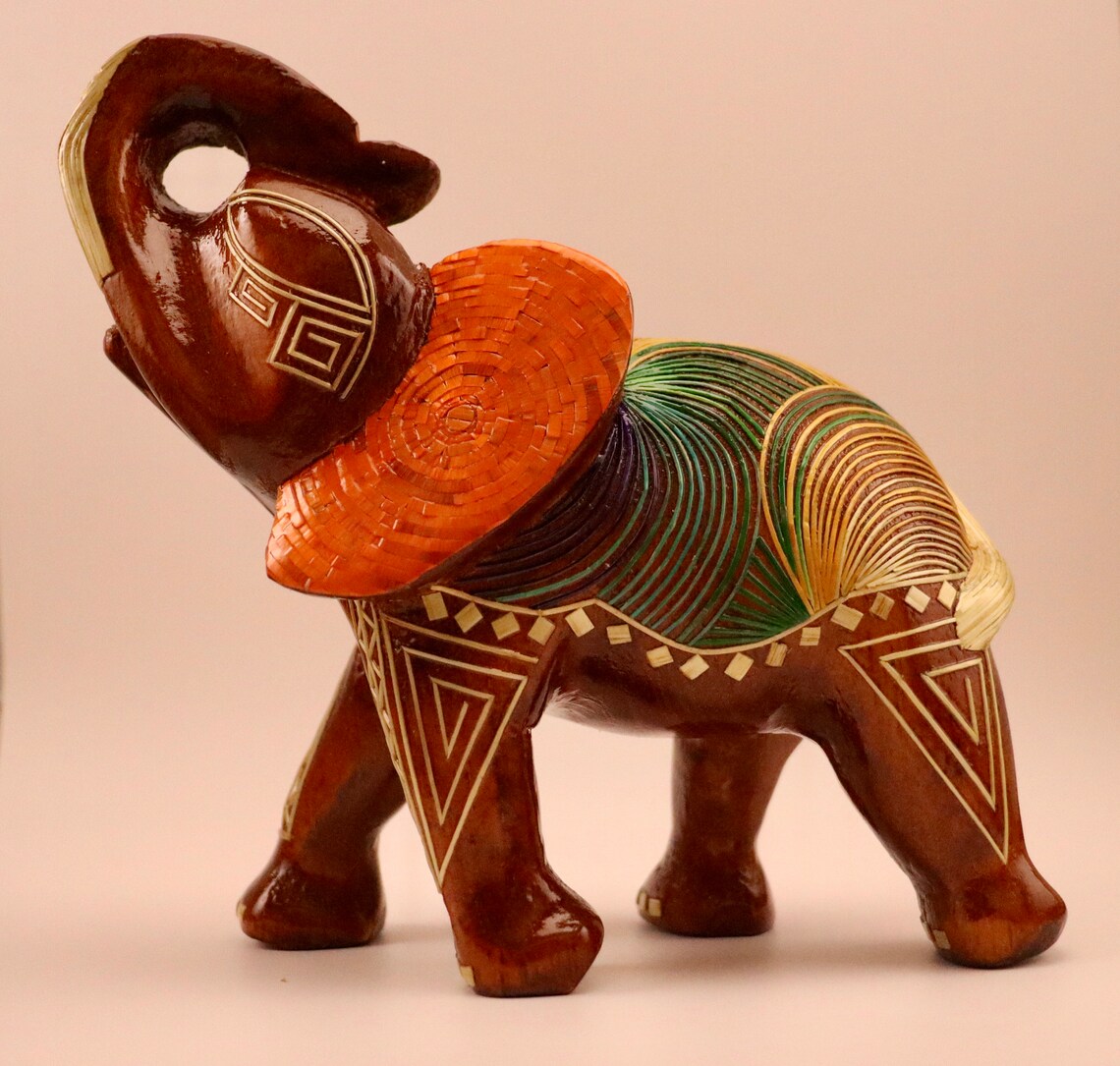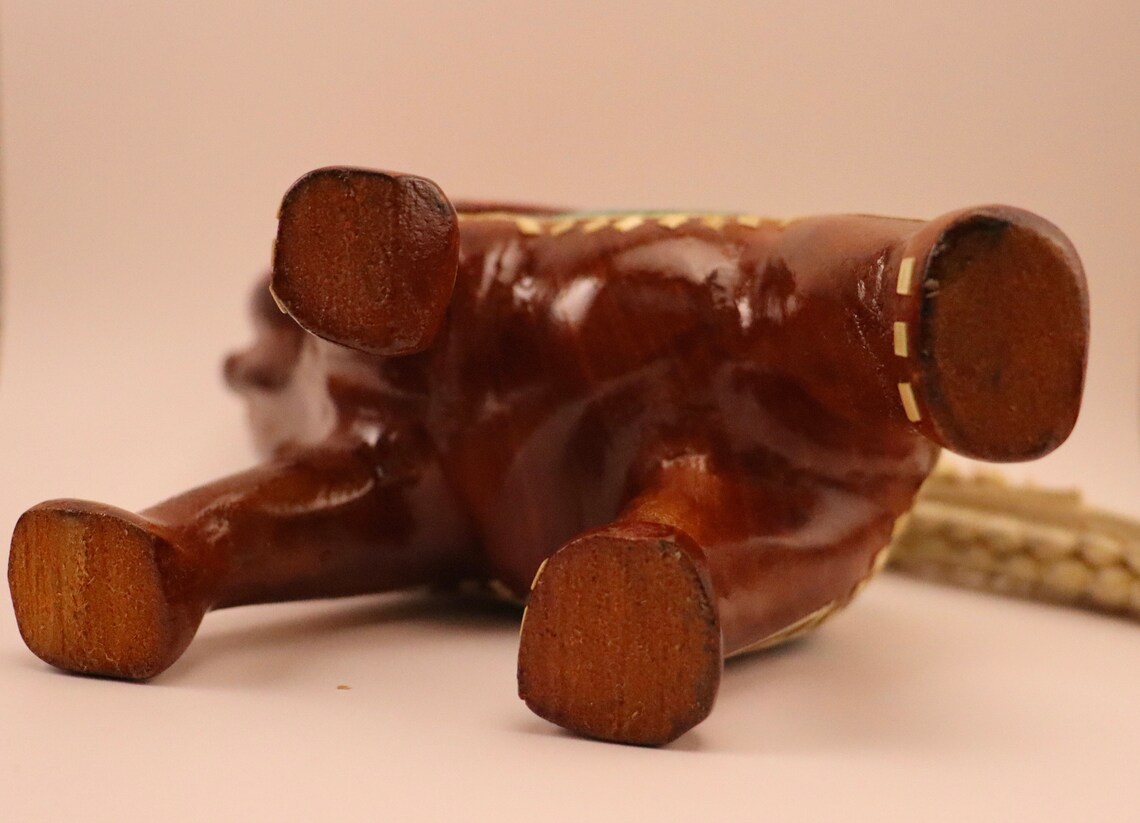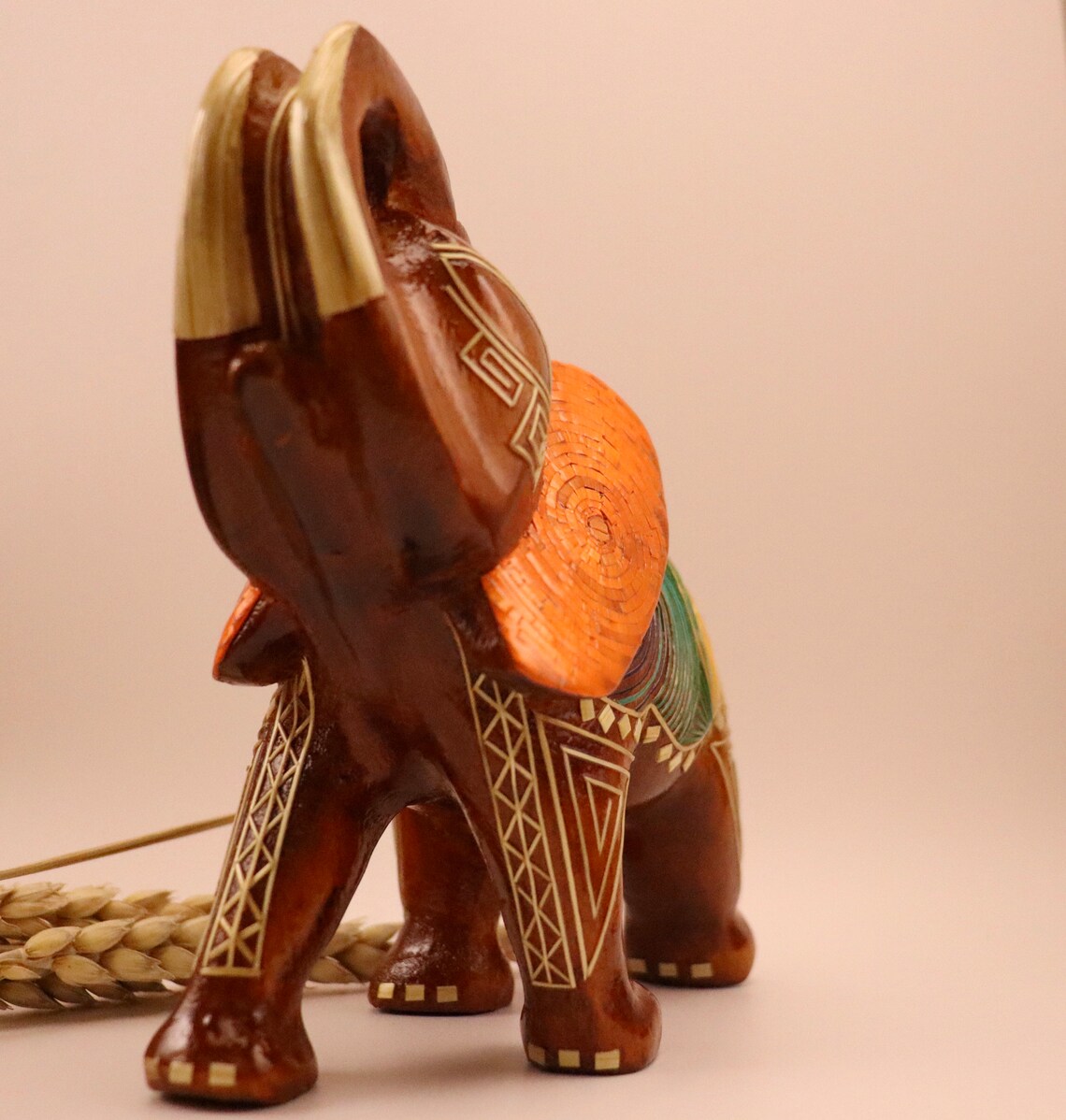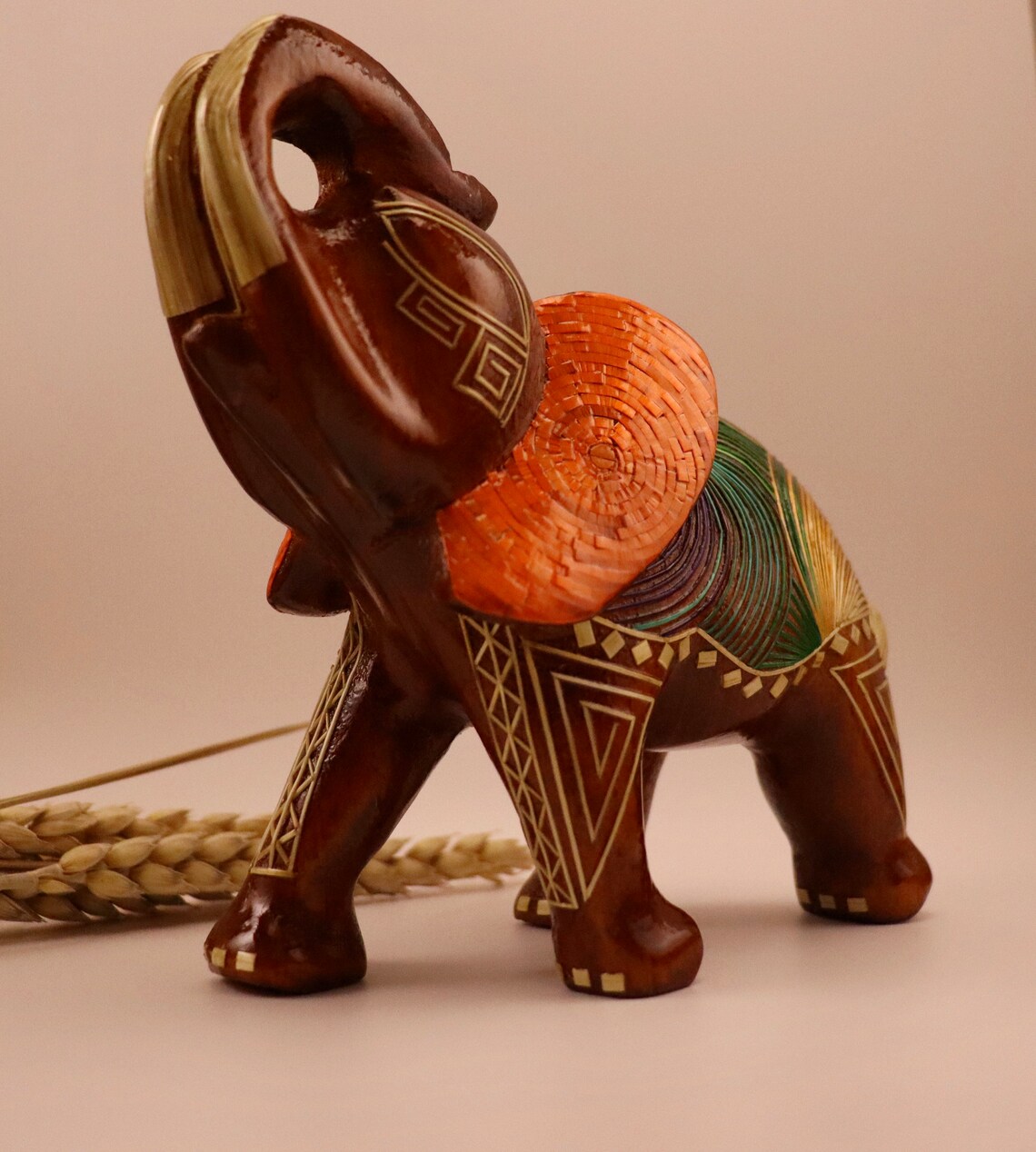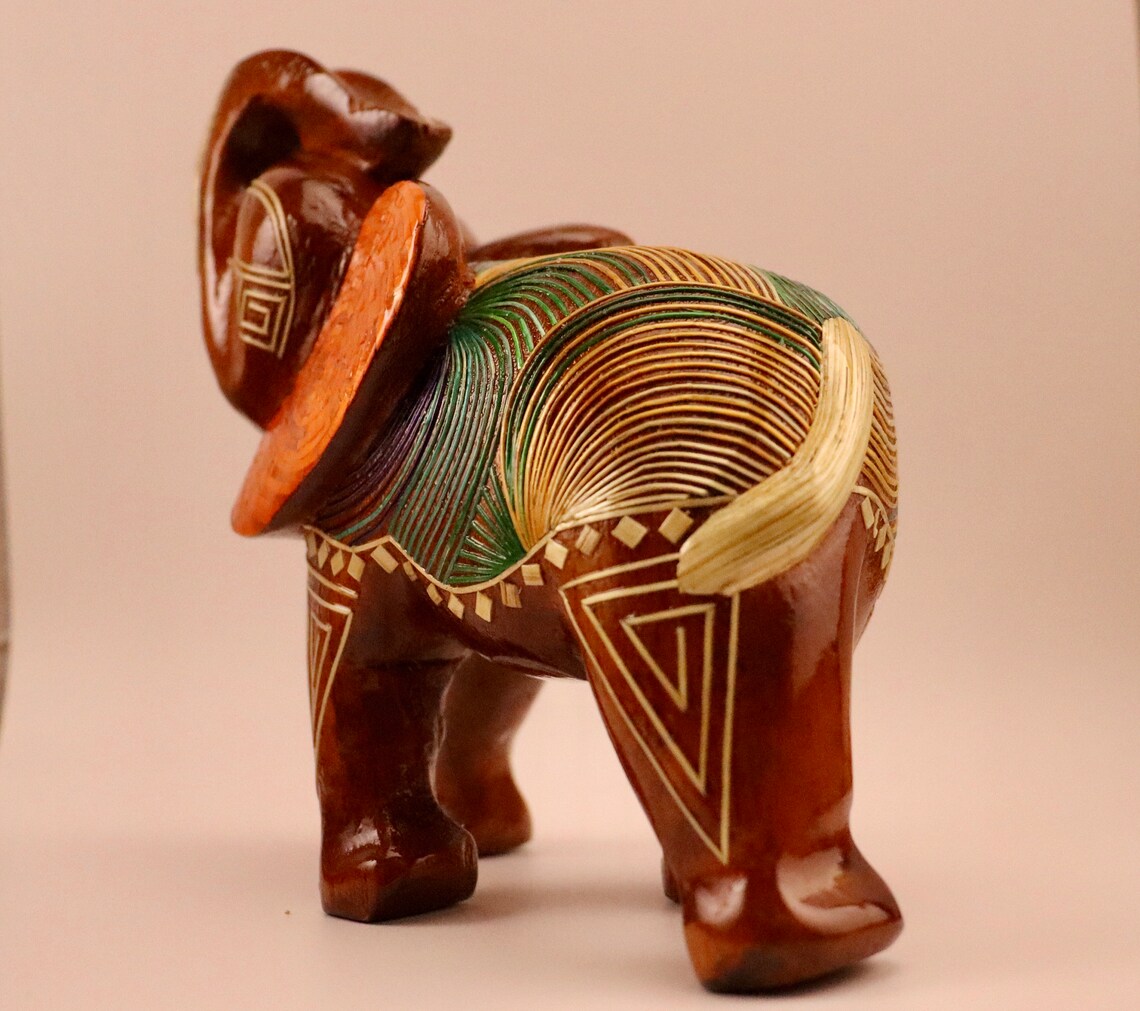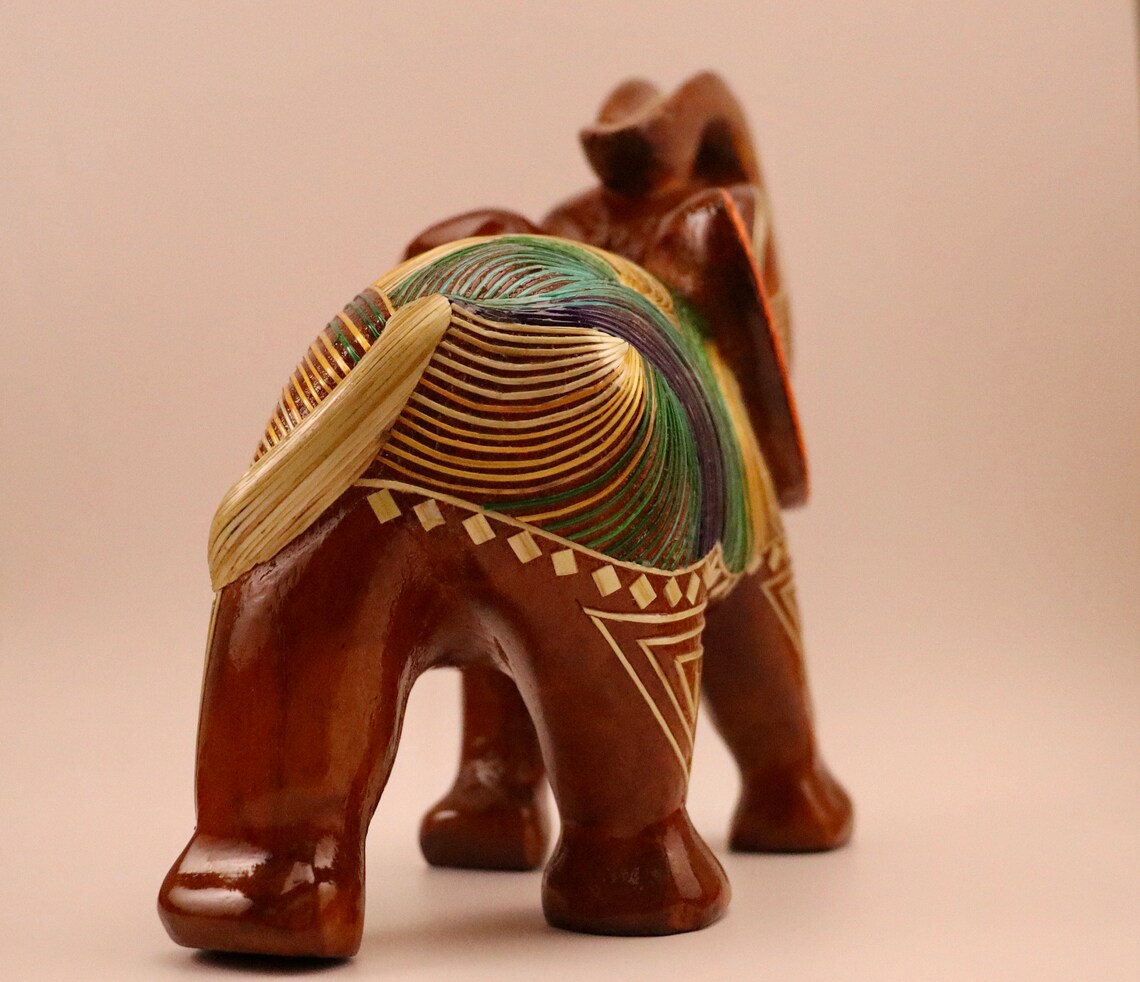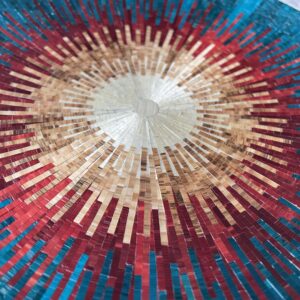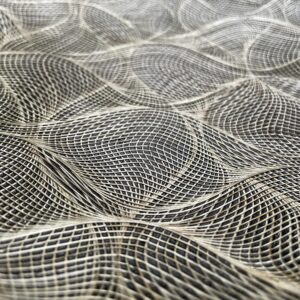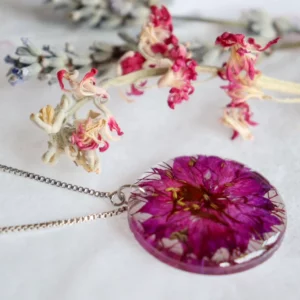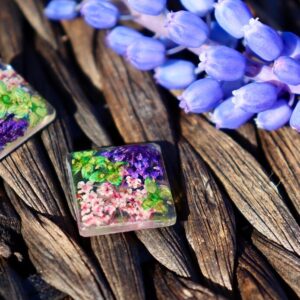Description
Info on specific piece i.e Hand carved cat with earthy toned dyed wheat
The wooden base is decorated using natural fibres which have been, split, cut and applied to the wooden base using a number of techniques, such as woven, mosaic, spiral and layered. A protective lacquer is then applied.
These collectable objects are for those who appreciate the dedicated time and patience which goes into each piece, as well as the appreciation for traditional technique of straw marquetry and using nature to create.
Materials and Dimensions
- Individual for each piece
- Ie 40cmx40cm
- Base of pine wood
- Wheat and barley, natural dyes.
The tamo art technique is a traditional form of straw marquetry used in the Nariño region of Colombia. The natural fibres include the stems of wheat, barley and ‘tortora’, a reed which is sourced from their local lake ‘La Laguna de la Cocha’ – the second largest lake in Colombia.
The wood used is either pine, cedar or oak. This is all hand carved using traditional tools and techniques.
The De La Cruz family create these Tamo pieces, you can learn more about them here.
Also, have a quick read through our care instruction here (link to Jewellery Aftercare page)
Extras
Straw marquetry goes back to the 1600 across Europe
Collection
Sourcing the wheat and barley chaff stem is a specialist and selective process. The artisan that selects the chaff stem must ensure that the material is not damaged during extraction/when removing the fibre. They are then dried and carefully peeled to reveal a smooth surface that will become the tamo fibres.
Each strip of wheat is carefully placed onto the wooden ornaments base using utmost precision. These dedicated skills are passed down from generation to generation and take years to master. Each generation will interpret their own artistic style, but the craftsmanship and traditional skills remain unchanged.
Only a few families use these historical techniques.
- Individual for each piece
- Ie 40cmx40cm
- Base of pine wood
- Wheat and barley, natural dyes.
Materials and Dimensions
- Individual for each piece
- Ie 40cmx40cm
- Base of pine wood
- Wheat and barley, natural dyes.
As we use mainly natural materials it is important that we care for them best we can. We have tried things like adding resin to our melon seed jewellery – which does make them more resistant – but it takes away from the natural yumminess of them!
Tamo – Due to the natural colourants used in dying the wheat and natural fibres, these need to be displayed away from direct sunlight – which could cause the colours to fade over a prolonged period. For cleaning, a brush (I use a clean paint brush), or a damp cloth can be used to wipe over the items.
Melon seed jewellery – Avoid submerging these pieces of jewellery in water for prolonged periods (– unless you planning on growing some melons). Washing your hand is fine, but when submerged over long periods (i.e. swimming, bath, washing up) the seeds become soft (normal for seeds) and are then more susceptible to damage until dry again. Store in a cool, dry place with airflow away from direct sunlight. Prolonged periods in direct sunlight could lead to fading of the natural dyes. A clean paint brush is a great way to give these a bit of a clean if needed.
Flower jewellery – These are pretty sturdy pieces of jewellery, you can swim, surf and sleep in them.
Dispatched in 1-3 working days plus courier used
Related Products
Related products
-
All
Love in a mist Necklace // Purple – Pink Flower Pendant // // Choker // Long Necklace // Adjustable // Botanical Jewellery //
£21.00 Select options This product has multiple variants. The options may be chosen on the product page -
All
Flower Studs // Square Earrings // Botanical Jewellery // Gift For Her // Real Flower Art // Unique Jewellery // Blue Flowers //
£18.38 Select options This product has multiple variants. The options may be chosen on the product page
